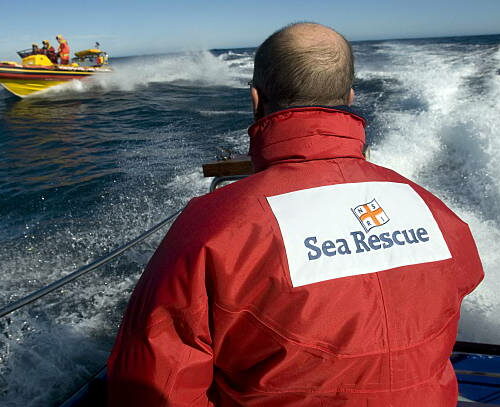
It starts with a simple phrase, “Stranger Danger.” Most of us grew up hearing it, but in today’s world, teaching children how to protect themselves goes beyond catchy rhymes. As South Africa observes Child Protection Week, it’s the perfect time to empower our little ones with tools that could make all the difference in a dangerous situation.
Teaching self-defence doesn’t mean turning your child into a mini martial artist overnight. It’s about awareness, confidence, and simple, instinctive actions. According to Childline South Africa, one of the most important steps is helping children understand the difference between safe and unsafe strangers. Not every unknown adult is a threat, but kids should trust their gut, especially when someone makes them feel uncomfortable or asks them to keep a secret, the publication mentions.
Playful role-play exercises at home can be powerful. As suggested by Safe Kids Worldwide, practising common scenarios—like someone offering a ride, asking for help finding a pet, or offering sweets—can help your child learn how to say “no,” move away, and seek help.
Parents.com states that self-defence can also be age-appropriate. Techniques like loud yelling “This is not my parent!”, running in a zigzag pattern, and knowing safe adults to approach (like cashiers or moms with children) are easy to remember in high-stress moments. The mentioned source recommends enrolling kids in community-based safety classes, where they can learn in a fun, non-scary environment.
Most importantly, keep the conversation open and supportive. Remind your child that their voice matters, their boundaries are valid, and they can always come to you, no matter what. Child protection isn’t about fear; it’s about freedom, the kind that lets kids explore the world with curiosity, not anxiety.
Because teaching a child to stand up for themselves is one of the most protective things a parent can do.
Also see: Depleted mother syndrome : How do you know it’s got you




